Top Compounds Detected Within Samples Collected in November 2024
Total number of samples tested: 514
1. Fentanyl (49%)
2. Methamphetamine (34%)
3. Lidocaine (23%)
4. Xylazine (21%)
5. Acetaminophen (20%)
6. 4-ANPP (17%)
7. BTMPS* (16%)
8. Cocaine (16%)
9. Medetomidine (15%)
10. Tetracaine (12%)
Top Compounds Detected Within Samples Collected in November 2024 (West Coast and East Coast)
|
West Coast (n=142)
|
East Coast (n=356)
|
|
1. Methamphetamine (54%)
|
1. Fentanyl (57%)
|
|
2. Fentanyl (28%)
|
2. Methamphetamine (28%)
|
|
3. Acetaminophen (18%)
|
3. Xylazine (25%)
|
|
4. Lidocaine (16%)
|
4. Lidocaine (24%)
|
|
5. Xylazine (13%)
|
5. Acetaminophen (22%)
|
|
6. BTMPS* (13%)
|
6. Medetomidine (21%)
|
|
7. Cocaine (12%)
|
7. 4-ANPP (19%)
|
|
8. Procaine (12%)
|
8. Tetracaine (18%)
|
|
9. 4-ANPP (11%)
|
9. BTMPS* (18%)
|
|
10. N,N-Dimethylamphetamine (8%)
|
10. Cocaine (17%)
|
*BTMPS - Bis(2,2,6,6-tetramethyl-4-piperidyl) sebacate
Numbers in parentheses are percentages of samples containing the listed compound, excluding samples where no compounds were detected.
Samples analyzed and included in this count are voluntary samples collected and provided by public health and harm reduction agencies from across the country. The trends observed in these samples may not be representative of broader trends within the United States drug supply. All testing was qualitative in nature. Determination of salt form or salt versus free base was not completed.
Recent Trends
Below are several graphs depicting trends from samples collected over the past three or six months. In the top graph, drug class and select individual compound prevalence are presented. For November, the total results (grey bar) are also broken out into West coast (yellow bar) and East coast (pink bar) sites. Note that in many instances there are multiple compounds identified in a single sample. Counts and percentages are preliminary and based on samples received by the date this newsletter is released. Data from prior months has been updated with results from any additional samples received.
The center group of graphs focus on co-detection of fentanyl with various compounds over the past six months. For each graph, the light grey bar represents the percentage of samples where fentanyl was not detected with the respective co-detected compound(s).
Of the samples collected in November xylazine was detected in 39% of fentanyl containing samples and medetomidine was detected in 28% of fentanyl containing samples. A total of 12% of fentanyl samples contained both xylazine and medetomidine. Medetomidine continued to only be found in samples from East coast sites.
Local anesthetics† have been observed in fentanyl samples with increasing frequency over the past six months. In November, 59% of fentanyl samples contained at least one local anesthetic and 20% contained multiple local anesthetics.
†Local anesthetics included in this count are benzocaine, bupivacaine, butamben, lidocaine, procaine, and tetracaine.
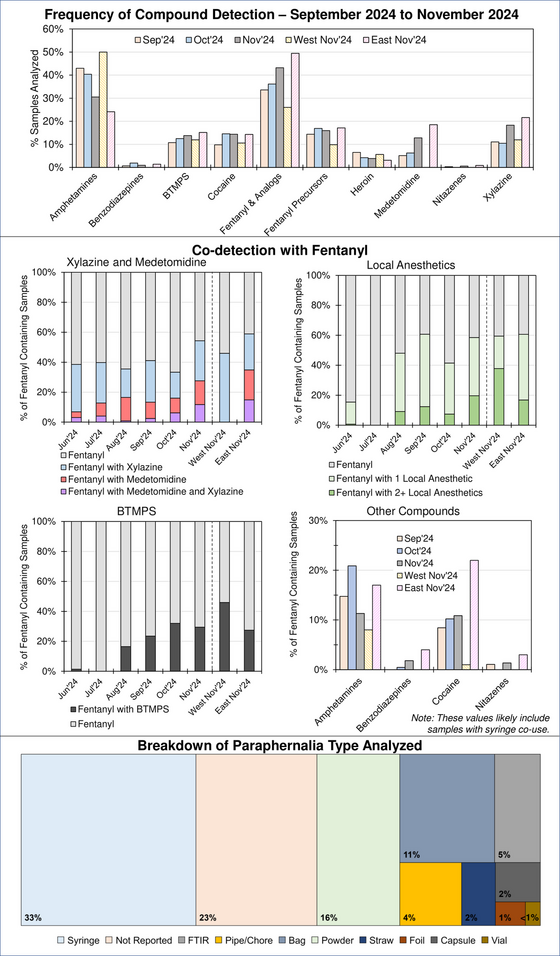 The industrial chemical BTMPS continues to be observed in the drug supply. In November, 29% of fentanyl samples contained BTMPS, similar to the 32% of fentanyl samples the month prior.
The bottom right co-detection graph shows the percentage of fentanyl samples that also contained amphetamines, benzodiazepines, cocaine, and nitazenes over the last three months. For November, the total results (grey bar) are also broken out into West coast (yellow bar) and East coast (pink bar). Note that many of the samples tested are used syringes where co-use of compounds cannot be ruled out, possibly inflating these values.
Finally, the bottom graph is a breakdown of the types of paraphernalia that were sampled and analyzed in November. Syringes accounted for approximately 33% of all samples and 43% of samples where the paraphernalia type was known.
New Compounds
In November, five compounds were detected for the first time in RaDAR samples. Note that compounds discussed here are those that have been newly detected in RaDAR samples. This does not mean that it is the first identification of the compound in the illicit drug supply.
N-Desethyl isotonitazene, a nitazene, was identified in multiple East coast samples that contained fentanyl, phenacetin, tetracaine, and xylazine. |
|
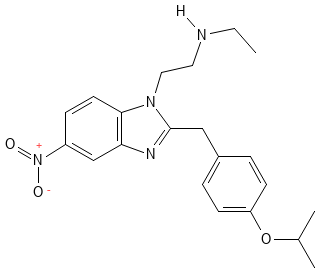 |
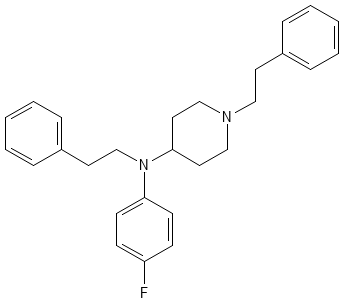 |
|
Fluoro Phenethyl 4-ANPP, a precursor for fluorofentanyl synthesis, was identified in an East sample containing fluorofentanyl and despropionyl fluorofentanyl. The positional isomer of the compound was not determined. |
Flualprazolam, a benzodiazepine, was identified in two East coast samples that contained caffeine, fentanyl, fluorofentanyl, and xylazine. |
|
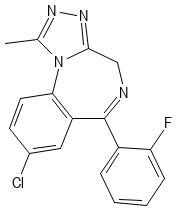 |
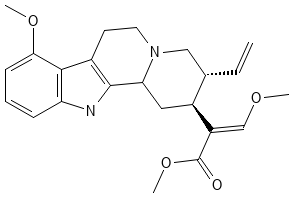 |
|
Paynantheine, an alkaloid, was identified in a single West coast sample that also contained 7-hydroxy mitragynine. |
Promethazine, an anti-histamine, was identified in multiple East coast samples that also contained BTMPS, fentanyl, medetomidine, lidocaine, and/or tetracaine. |
|
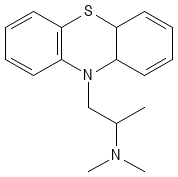 |
RaDAR in the News
AOAC INTERNATIONAL Awarded New NIST Grant Targeting Illicit Drug Method Performance Standards
"AOAC INTERNATIONAL (AOAC) is a recent recipient of a National Institute of Standards and Technology (NIST) Measurement Science and Engineering (MSE) grant for development of testing standards for illicit drugs, including fentanyl, xylazine, and nitazenes..." Read More.
Join the working group here.
An Industrial Chemical is Being Mixed with Fentanyl in the U.S.
"An industrial chemical used in plastic products has been cropping up in illegal drugs from California to Maine, a sudden and puzzling shift in the drug supply that has alarmed health researchers..." Read More.
We Need Comprehensive Illicit Drug Analysis Now to Stop Overdose Deaths
"The devastating, drug overdose epidemic in the U.S. killed over 105,000 people last year, most from the synthetic opioid fentanyl. But while fentanyl has dominated the headlines, talk in public health circles has shifted to a new illicit drug on the street: xylazine..." Read More.
Recent Publications
Development of an Optimized Extraction Method to Recover Drug Material from Used Test Strips for Comprehensive Drug Checking
Drug checking programs use point-of-need testing (e.g., test strips) and laboratory-based analysis to rapidly identify emerging drug threats, but each have limitations. Test strips are quick but have high specificity, whereas laboratory testing can identify more compounds but have lengthy turnaround times. To address these limitations, it was proposed that compounds could be extracted from used test strips for additional analyses allowing for rapid onsite information followed by comprehensive laboratory results. Read More.
Wound-Associated Agents in the Unregulated Drug Supply: Evidence From a Statewide Drug Checking Program
While the unregulated drug market has seen dramatic increases in fentanyl adulteration in the past decade, other adulterants have impacted the recent volatility of the drug supply. There has been recent documentation related to the presence of wound-associated substances; however, there is a lack of data showing the prevalence of these substances across unregulated drug market samples over time. The aim of this paper is to examine known and potential wound-associated agents’ (xylazine, levamisole, medetomidine) prevalence in Maryland's unregulated drug supply. Read More.
Drug Detection, Analysis, and Monitoring Workshop Report
This report is a summary of a workshop convened to capture the analytical and data challenges inherent to the detection, identification, and monitoring of illicit drugs in the United States – specifically highlighting current practices, challenges, and opportunities for growth within communities. It systematically examines each stage of the analytical and data workflow, from sample recognition and collection to data dissemination, outlining opportunities to improve existing procedures and technologies. Read More.
Rapid emergence of UV stabilizer BTMPS in the illicit fentanyl supply across the United States in July-August 2024
Changes to the US drug supply historically unfold slowly with predictable patterns of geographic diffusion. Here we draw on drug checking results from around the United States to report a rapid shift in the illicit drug supply with important implications for public health. Bis(2,2,6,6-tetramethyl-4-piperidyl) sebacate, or “BTMPS” is a hindered amine light stabilizer with various industrial applications. Animal studies indicate multiple kinds of adverse health effects. Read More.
|